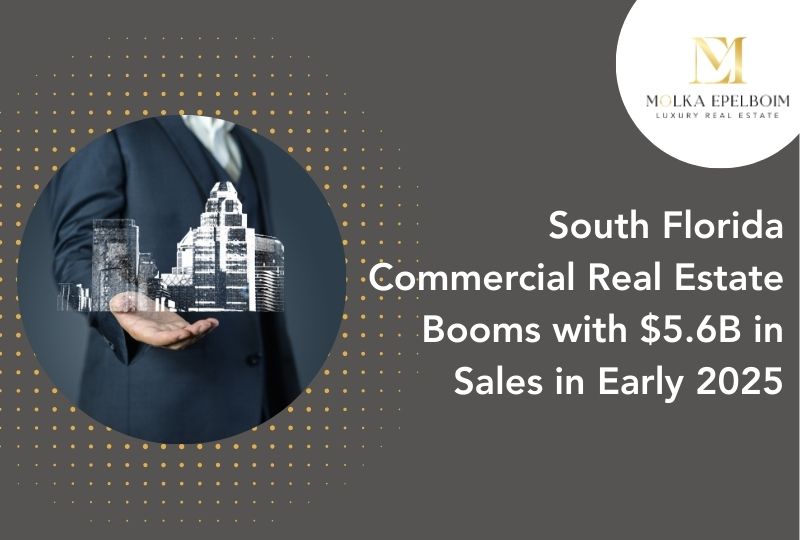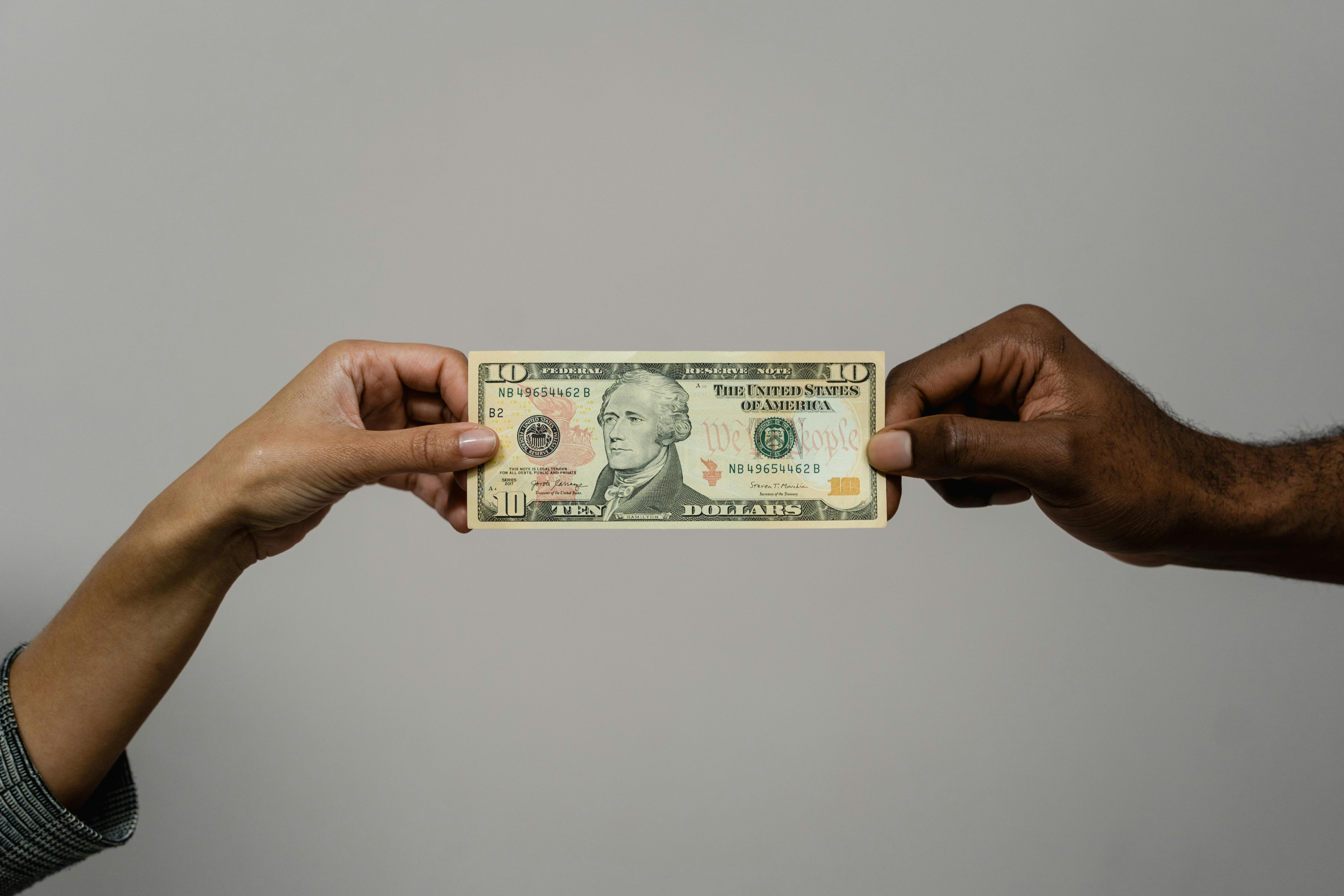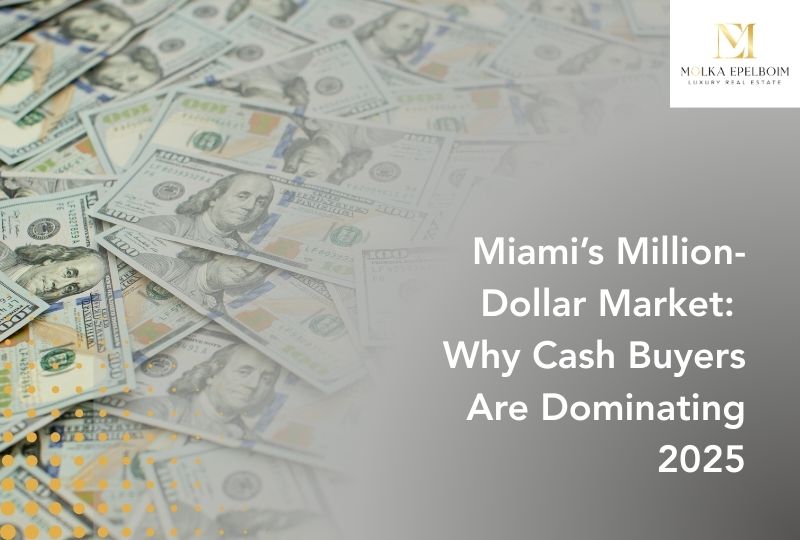
South Florida’s commercial real estate market is defying national trends and economic headwinds, recording a remarkable 10% year-over-year increase in sales volume during the first half of 2025. According to MIAMI REALTORS® Commercial Economic Insights, the tri-county region—Miami-Dade, Broward, and Palm Beach—reported $5.6 billion in commercial transactions across the multifamily, office, retail, and industrial sectors.
This double-digit jump is more than a statistic; it reflects growing investor confidence, strategic acquisitions, and steady population growth that continue to reshape the region’s economic and urban landscape.
Office Sector: Leading the Recovery
The office sector doubled its sales volume, reaching $1.4 billion, representing a 110% increase compared to the first half of 2024. Broward County led the way, with two of the year’s largest transactions:
Bank of America Financial Center (Las Olas Blvd) — sold for $221 million
Las Olas Center — sold for $208 million
Fort Lauderdale alone accounted for $866 million in commercial sales, highlighting its attractiveness for premium office investments.

Multifamily Market: Steady and Strong
Multifamily properties attracted consistent institutional investment, totaling $2 billion in sales—a 5% year-over-year increase. A notable transaction included the $116 million sale of the Solea luxury complex (359 units) in Hialeah, purchased by investment firm Blackstone.
As of May 2025, Miami’s apartment occupancy stood at a solid 95.9%. Net absorption outpaced new supply by 1,200 units, with 32,000 units under construction in Miami and 8,900 units underway in Fort Lauderdale. Rent growth remained modest but positive at 2.2% annually.
Retail Sector: Quiet but Stable Gains
Retail posted a 1% increase in sales volume, totaling $1.2 billion. West Palm Beach had a standout transaction with the $133 million acquisition of Marketplace at the Outlets, a major shopping hub anchored by Whole Foods and other national brands.
Retail vacancy rates remained tight across the region:
These rates are below national averages, supported by steady consumer foot traffic and limited new retail development.
Industrial Sector: Facing Challenges
Industrial real estate saw a 23% decline in sales, down to $1.1 billion. In Q1 2025, net absorption was -2.5 million square feet, and vacancy rates rose to:
~5% region-wide
~6.5% in Miami-Dade
Average industrial rents stabilized around $17 per square foot, but the sector is cooling due to trade policy uncertainty and slowing e-commerce demand.
County-by-County Performance Snapshot
Sales volume by county in the first half of 2025:
Broward’s 47% surge was driven by high-value office and multifamily transactions. Palm Beach experienced a decline, with retail being its only growth segment.
Key Growth Drivers Behind the Surge
Several fundamental factors are fueling South Florida’s commercial market boom:
Population Growth: Since 2020, Miami has added 325,000 residents, Broward 94,000, and Palm Beach 88,000
Investor Confidence: Miami ranks #2 in the nation for investor interest
Infrastructure Expansion: Projects such as the Brightline rail system are driving up land values near stations in Miami, Fort Lauderdale, and West Palm Beach
Pro-Business Climate: Florida continues to attract developers with its low taxes and favorable regulatory environment

Outlook for the Second Half of 2025
The positive momentum is expected to continue into the second half of the year, with a few areas to monitor. While industrial and suburban office segments may experience pressure, several trends point to sustained growth:
Increased demand for Class A office space in urban cores
Rising rental rates in medical office and multifamily sectors
Continued strength in retail due to limited new supply
Strong investor appetite for value-add opportunities in Broward and Miami-Dade
Miami-Miami Beach has emerged as the fastest-growing employment hub in the United States, boasting the lowest unemployment rate among major metropolitan areas. This economic surge is reshaping the local real estate market, driving demand for housing, commercial spaces, and investment opportunities. In this article, we explore the factors behind this growth, its impact on the economy, and the evolving real estate landscape. Miami-Miami Beach’s Employment Boom Record-Breaking Job Growth The Miami-Miami Beach-Kendall metropolitan division recorded a 1.6% increase in nonfarm employment in March 2025, surpassing the national average of 1.2%....
Miami’s real estate market has long been a magnet for the wealthy, the ambitious, and the global elite. But in recent years, one trend has stood out with striking clarity: cash reigns supreme. More than half of homes priced above $1 million in the Miami metro area are purchased in all-cash transactions—a phenomenon that’s reshaping the city’s housing dynamics and signaling deeper economic and cultural shifts.The Rise of All-Cash TransactionsAccording to data from Realtor.com, a staggering 53.5% of homes priced between $1 million and $5 million in Miami were bought with cash in the first half of 2025. That figure...
